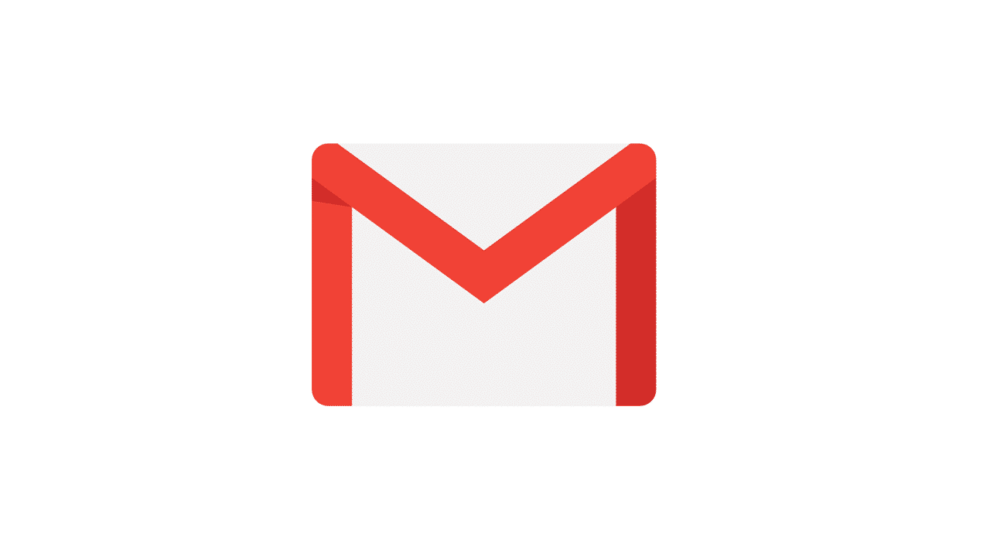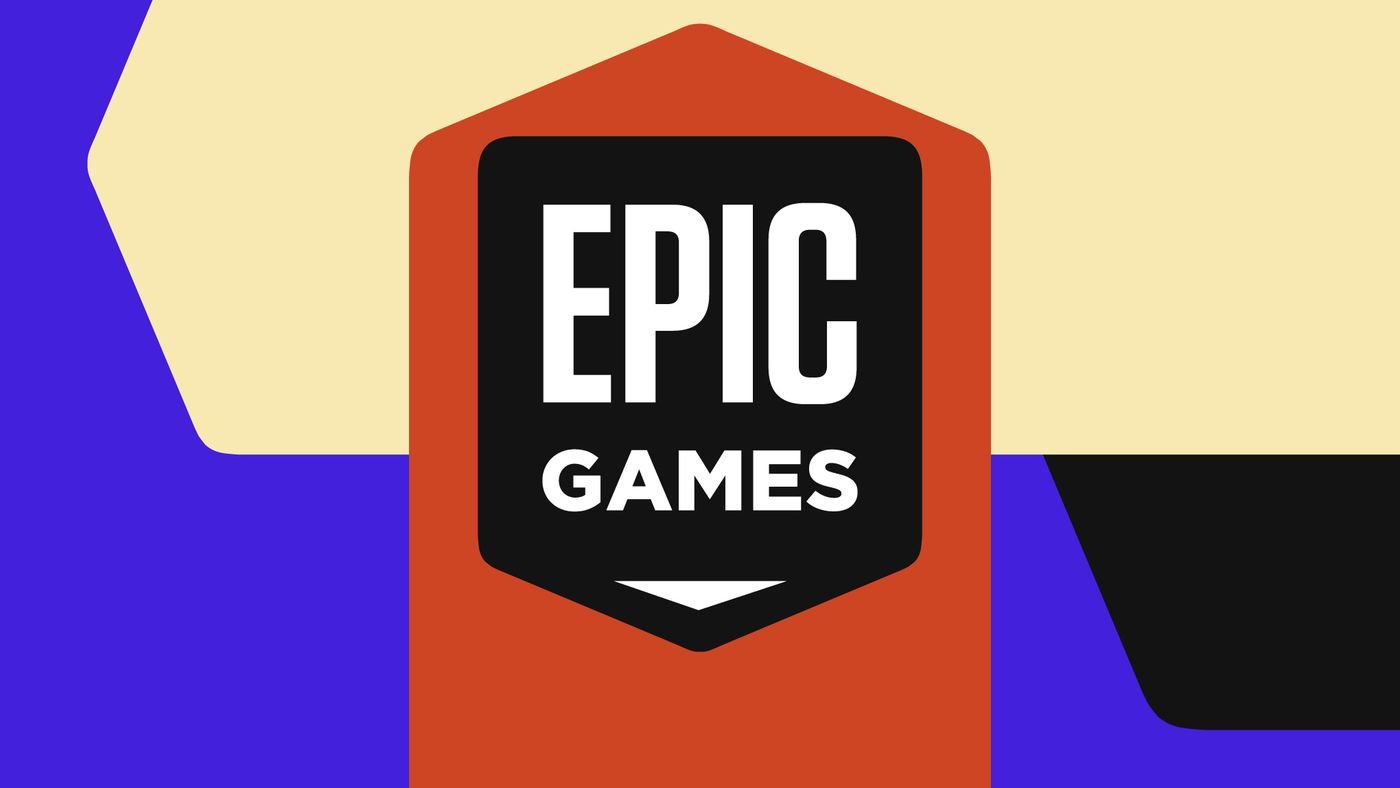On April 1, 2004, amidst a flurry of skepticism and disbelief, Google introduced Gmail to the world, fundamentally altering the landscape of email communication. The launch date, known globally for pranks and hoaxes, led many to question the authenticity of the announcement. Google’s penchant for April Fool’s Day jokes only fueled this skepticism, especially given the groundbreaking offer of 1 GB of free storage at a time when the competition provided a mere fraction of that capacity. This bold move not only redefined user expectations but also marked a pivotal moment in the evolution of webmail services.
Gmail’s introduction was initially met with incredulity, largely due to Google’s own history of elaborate April Fool’s Day pranks and a press release filled with playful language that seemed too good to be true. This skepticism was widespread among tech enthusiasts and the general public alike, with forums like Slashdot teeming with debates over the authenticity of the service. The idea of a free, search-powered, 1 GB email service was so far beyond the existing standards that it seemed like a fantastical joke rather than a genuine product offering.
However, Gmail was no jest. Behind its launch was a vision to solve the prevalent email woes of the time, including limited storage, cumbersome organization, and rampant spam. Inspired by a user’s complaint about the inefficiencies of then-current email services, Paul Buchheit, a Google engineer, embarked on a mission to create Gmail. Buchheit’s vision was clear: to develop an email service that not only provided ample storage but also featured an intuitive search function, making email management both easier and more efficient.
Gmail introduced several innovations that have since become staples in email communication, such as conversation threading, which groups related messages together, and the powerful search functionality that leverages Google’s search technology. These features, combined with the generous storage space, have not only alleviated the need for periodic inbox clean-up but also significantly enhanced the user’s ability to find and manage their emails effectively.
Over the years, Gmail has evolved, adding new features and integrations that continue to set high standards for what users expect from an email service. From its inception as a seemingly implausible offer to its status today as one of the most used email platforms globally, Gmail has undeniably revolutionized the way we communicate, share, and store information.
Reflecting on Gmail’s launch 20 years ago, it’s evident that Google’s bold move was not just a mere addition to its suite of services but a game-changer for email communication. Gmail’s success story is a testament to innovation and forward-thinking, serving as a pivotal chapter in the history of digital communication that continues to influence and inspire.



















Add Comment